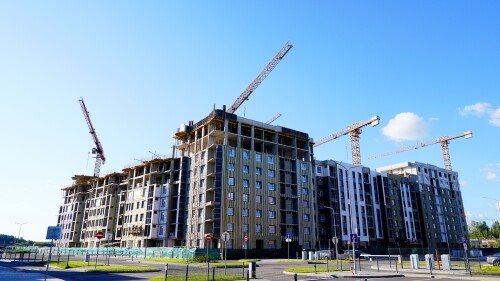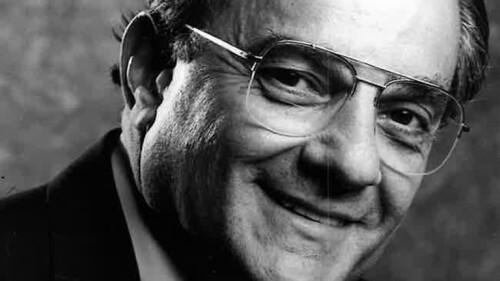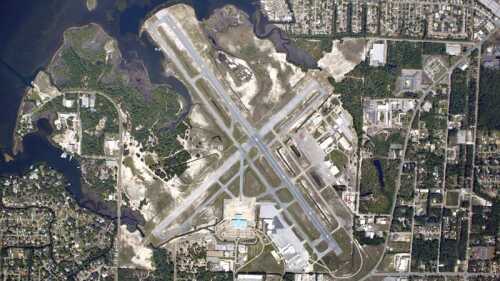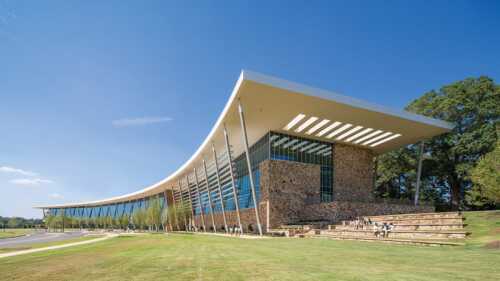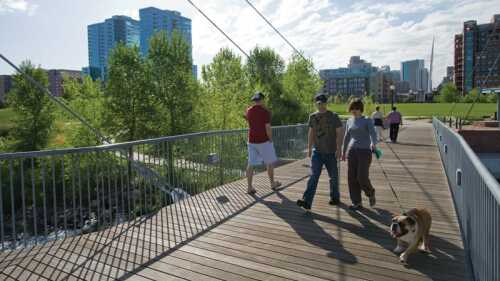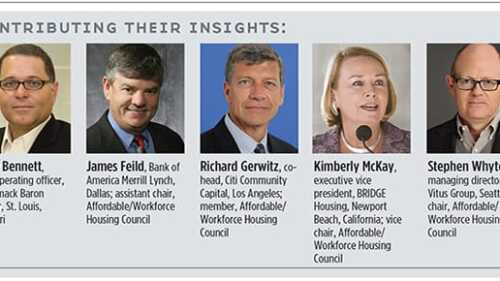Public Policy
U.S. President Donald J. Trump signed the nearly 900-page One Big Beautiful Bill Act into law on July 4. The budget reconciliation legislation extends numerous provisions included in the 2017 Tax Cuts and Jobs Act that directly affect commercial real estate, including reinstatement of bonus depreciation and extension of the Qualified Opportunity Zone Program. It also incorporates provisions aimed at incentivizing affordable housing, including a significant expansion of the Low-Income Housing Tax Credit (LIHTC) program. At the same time, the new law makes major cuts to wind and solar incentives.
Joseph C. Canizaro, a past chair and trustee of ULI, passed away at age 88 on June 20, 2025. A member of ULI for more than 50 years, Canizaro built one of New Orleans’ most influential real estate development companies, Columbus Properties, which helped shape the city’s skyline.
The NLC and ULI announced that mayors from four U.S. cities—Anchorage, Alaska; Grand Rapids, Michigan; San Jose, California; and Washington, D.C.—have been selected as the 2017 class of Daniel Rose fellows by the Rose Center for Public Leadership in Land Use.
It requires strong partnerships among school districts, the community, and developers to place improved schools at the heart of a new development.
The nine-hole golf course at the Charles R. Drew Charter School gets a lot of use during an average school day. That golf is a dedicated subject at a southern school is not exactly remarkable—but how this came to be is. Two decades ago, the golf course was closed—and as decrepit as the East Lake Meadows housing project that sat on its edge.
The car-centric city is becoming a thing of the past, as evidenced by changes in Houston, Oklahoma City, and Charlotte, North Carolina, said panelists at the ULI Spring Meeting, with transportation leaders treating infrastructure as a real estate asset.
Increasingly, it is the ability—and willingness—of state and local governments to pay the ongoing cost of operation and maintaining new transportation projects that dictates whether capital will be invested in the infrastructure itself, according to a panel of experts at the ULI Spring Meeting in Houston.
Federal changes could promote TOD that functions better—and is easier to build.
A transformative residential development capitalized on old rail-yard land in the heart of the city.
Experts on affordable housing and members of ULI’s Affordable/Workforce Housing Council discuss how to make affordable housing less costly to build and more supportive for residents.

